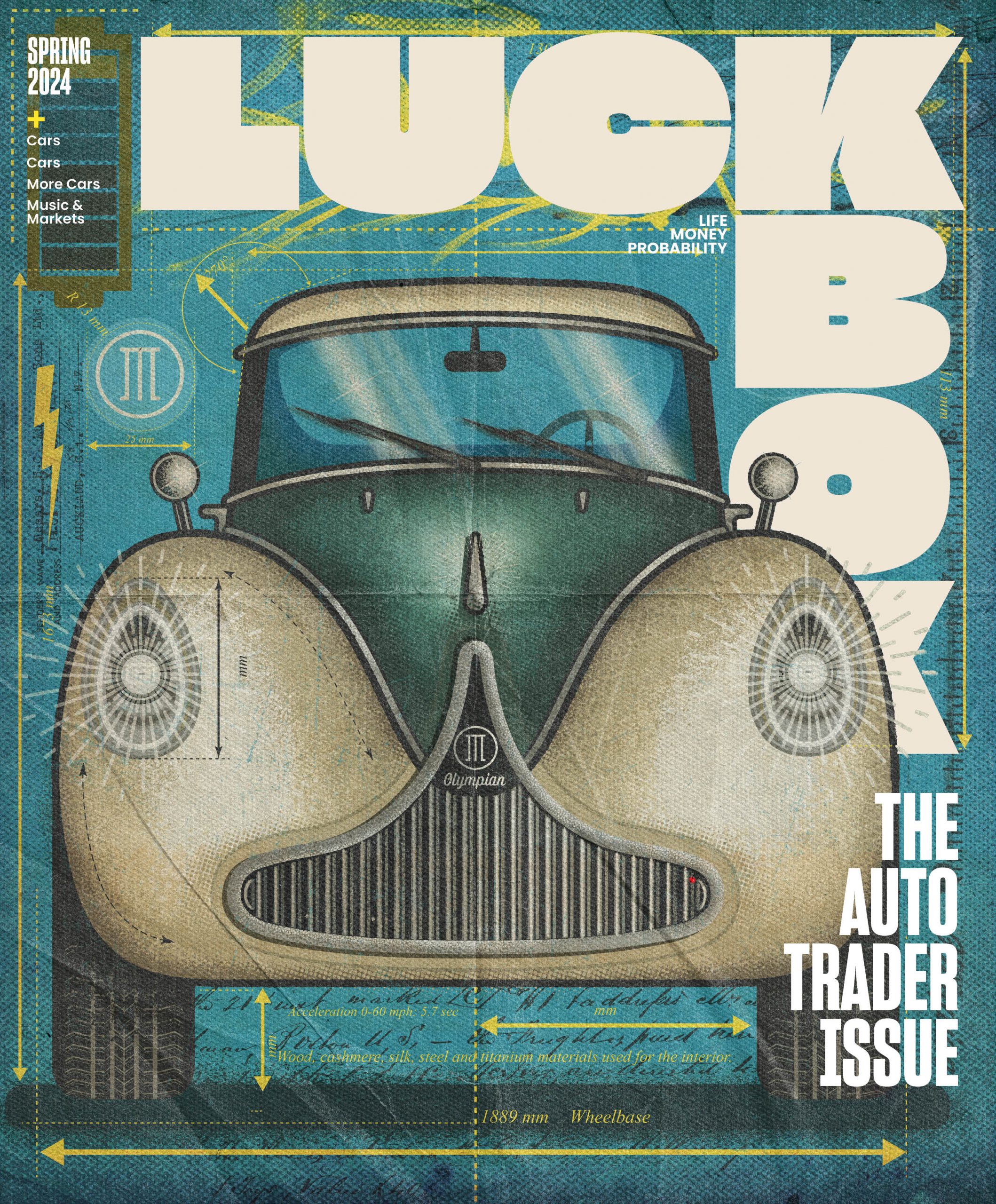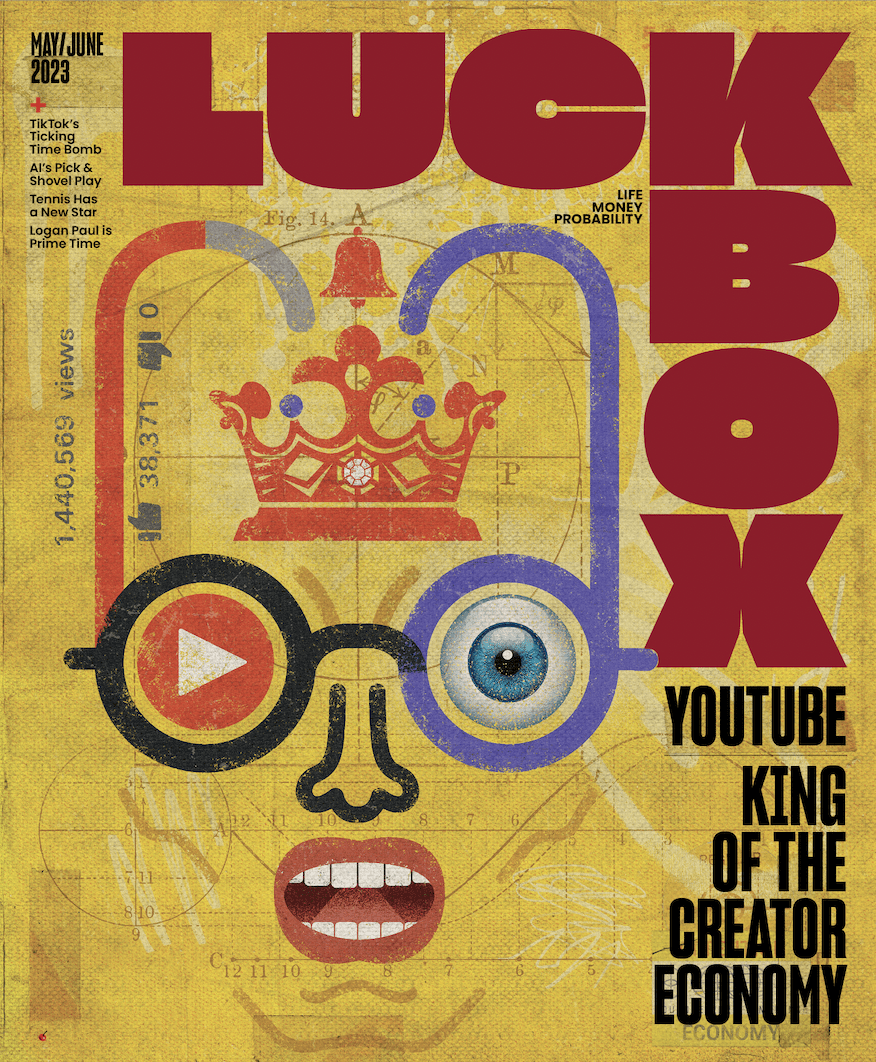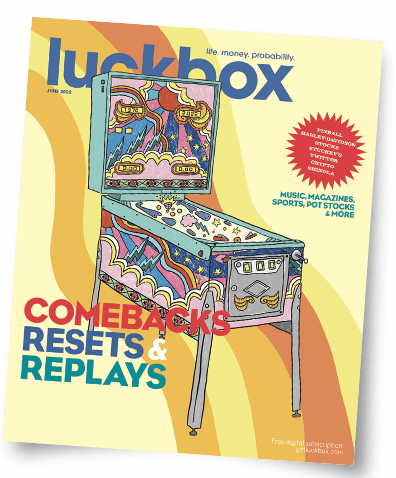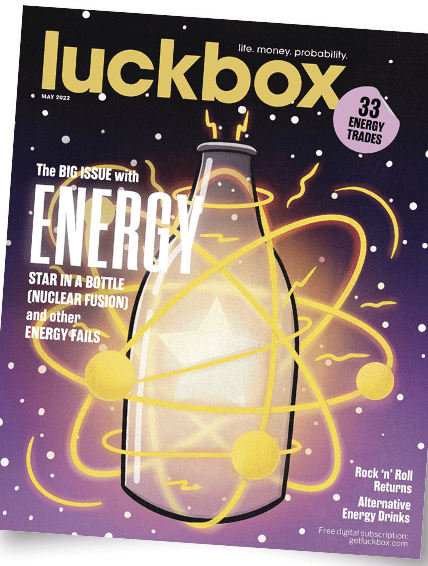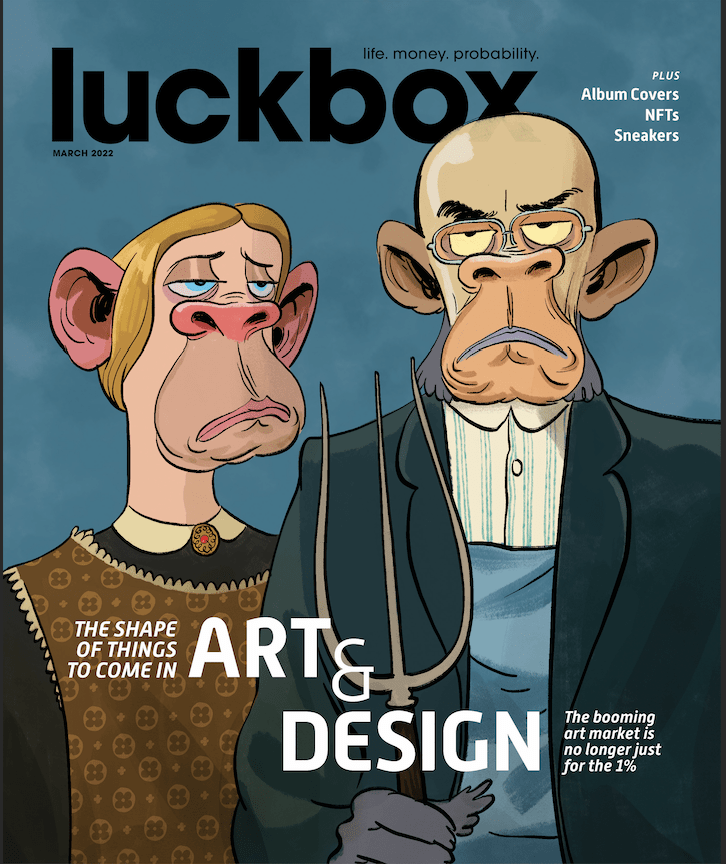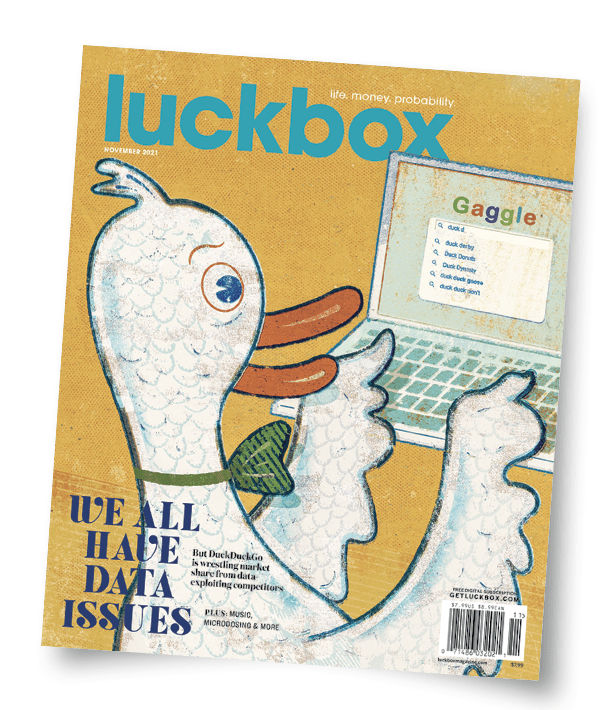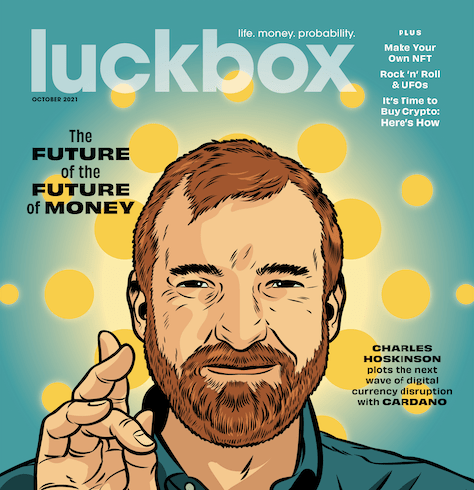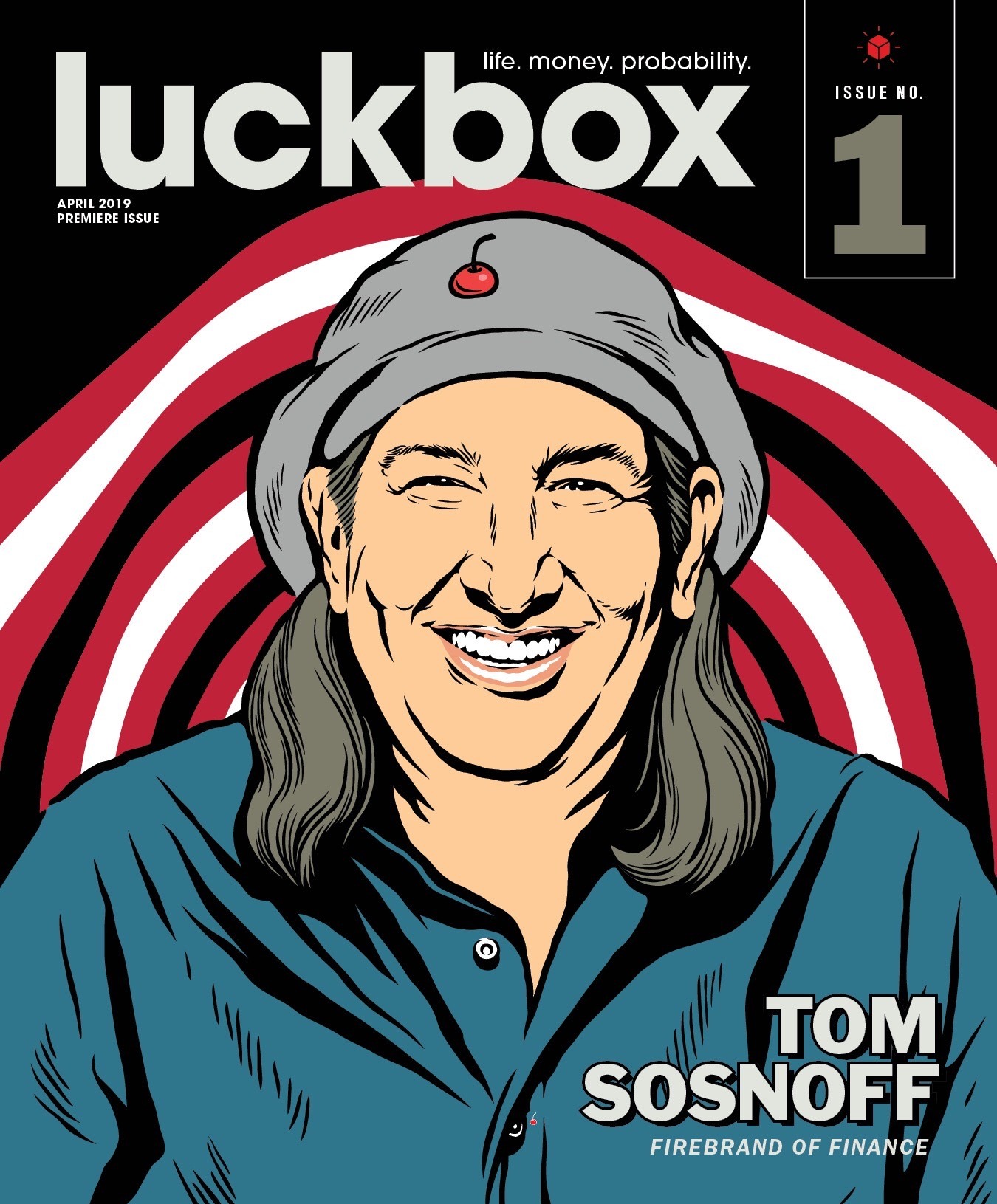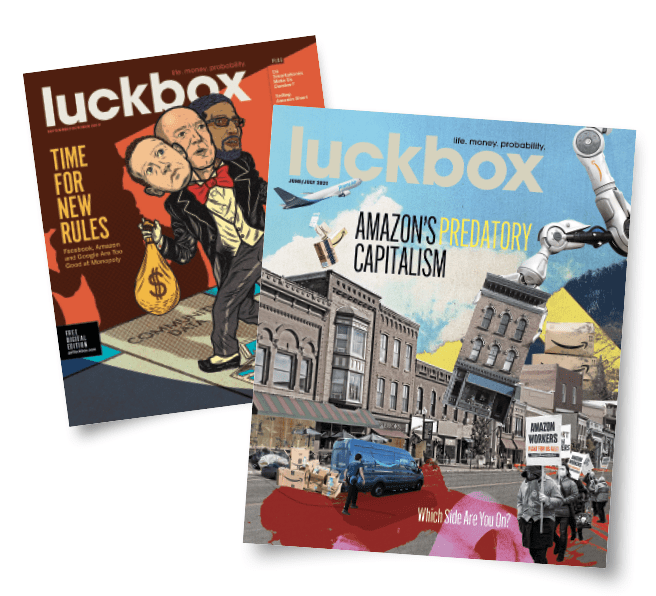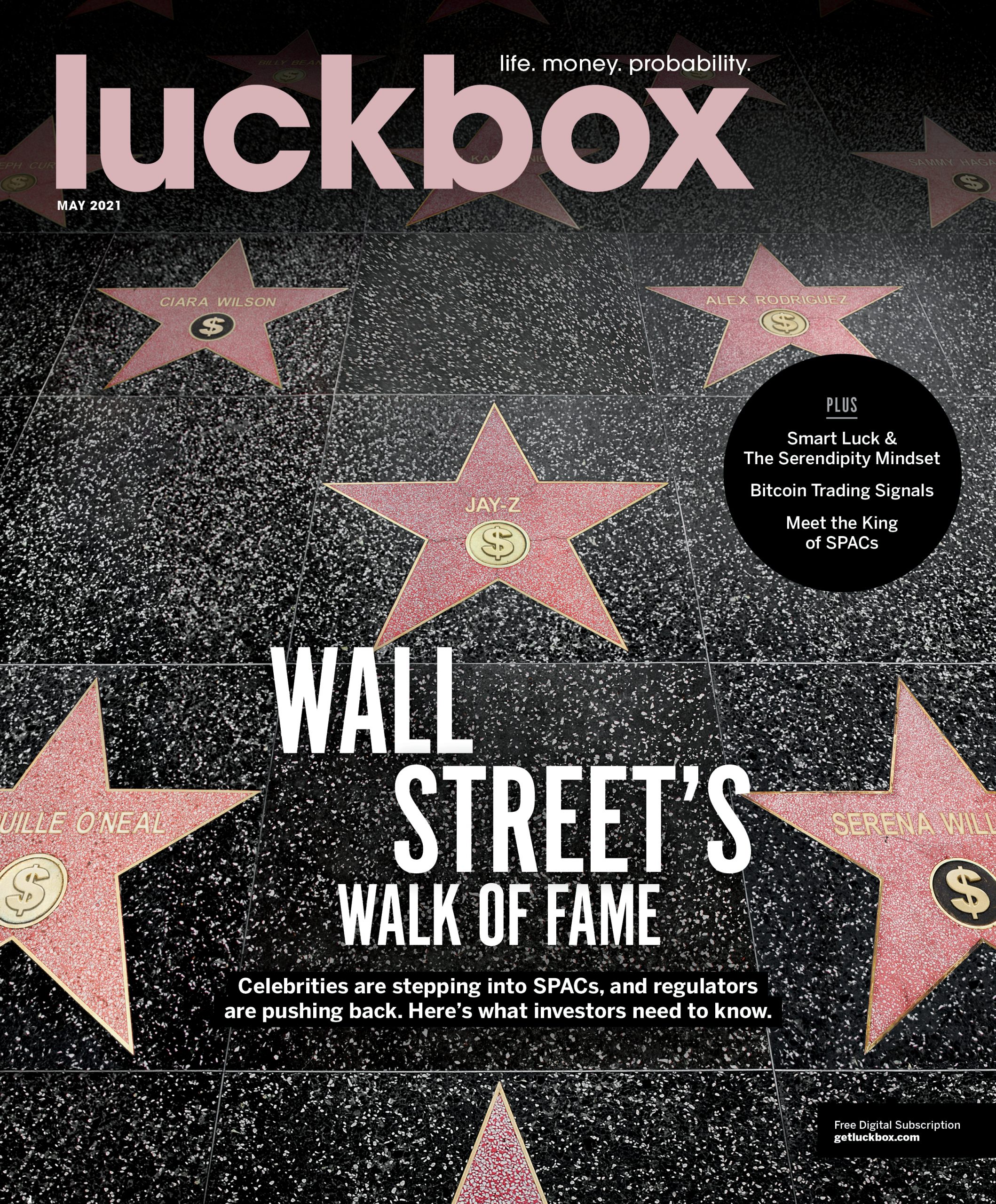Cradle-to-Grave Customers
Get them when they’re young and keep them forever. It’s a (mostly) winning formula.

The phrase “cradle to grave” means exactly what it says—from the instant you’re born ’til the moment you’re laid to rest. It’s a boardroom mantra for manufacturers and retailers who want your business over your entire lifespan.
Take the case of Kimberly-Clark (KMB). The Irving, Texas-based company offers what may be the quintessential line of cradle-to-grave products.
It starts with the Huggies disposable diapers it began making for babies in 1978 and ends with the incontinence products for adults it introduced with the Depend brand in 1984. Those products address the bookends of a lifetime.
In between, Kimberly-Clark offers something for just about every consumer at just about every stage of life. That includes the stars of its lineup—the Kleenex you use to blow your nose and the Scott paper towels you use to wipe up spills.
But besides distributing goods with household names, the company tightens its grip on customers of all ages with the help of lesser-known brands. For older potential loyalists, it’s the Poise and Plenitude products for incontinence. For parents, it’s their kids’ potty-training aids, such as Pull-Ups, GoodNites DryNites and Little Swimmers.
But we’re living in the global era, and the company isn’t content to confine its quest for loyalty to English speakers. Two examples of it international brands are the Kleen Bebe products that address baby care in Mexico, and the Green Finger products it distributes for children’s skin care in Korea.
We could go on about other Kimberly-Clark brands. Some would seem familiar and others obscure. Some are available here and others are offered only abroad. But you get the idea—there’s no separating the cradle-to-grave approach to business from the mission of building customer loyalty.
The birth of CLV
The importance of building customer loyalty would seem to predate recorded history. It’s easy to imagine a stone-age entrepreneur tossing in an extra piece of flint to sweeten the deal when trading a spear for a wooly mammoth hide.
But times change. A century ago, proprietors of small-town stores displayed an open barrel of crackers so customers could much on one for free as they discussed events of the day.
Half a century ago, gas stations handed out giveaways like drinking glasses with each tankful. Banks upped the ante by offering a toaster for opening an account. And nearly every merchant offered trading stamps customers could paste into a booklet and then exchange for whatever they chose from a catalog
Still, it wasn’t until 1988 that the phrase “customer lifetime value” was coined, according to Ali Cudby author of the recent book Keep Your Customers: How to Stop Customer Turnover, Improve Retention and Get Lucrative, Long-Term Loyalty.
Cudby credits the birth modern customer lifetime value, or CLV, to Merlin Stone and Robert Shaw, who wrote a book on the subject in the 1980s called Database Marketing : Strategy and Implementation.
But what is it, exactly? Gartner, a research and consulting firm, defines it this way on its website: “Customer lifetime value (CLV) is the total revenue or profit generated by a customer over the entire course of their relationship with your business.”
It’s what retailers and manufacturers need to know when calculating a marketing budget and considering the cost of attracting a new customer. Investors who understand it can make wise and informed decisions.
Luckbox coverage
So, Luckbox is covering cradle to grave business with a batch of articles in this space. Among them, you’ll see an exploration of the six CLV formulas offered by two college professors. But they haven’t limited their work to the theoretical. Their consulting company shares their research with real-world clients who put it to work in the marketplace.
We follow that article with stories detailing outstanding CLV and describing heightened awareness of the cradle-to-grave mindset.
That includes Costco’s success at making its Kirkland Signature private-label brand sometimes better-known and sometimes more respected than many venerable, well-advertised brands that have long been household names.
You’ll also see a cutting-edge report on price inflation in the healthcare industry, perhaps the archetypal cradle-to-grave industry.
There’s a well-researched article on the importance some companies place on establishing customer loyalty, ethically or not, among the youngest-possible consumers.
We also offer in-depth assessments of the loyalty scenes at big-name companies like Walmart (WMT) and at lesser-known but extremely important companies like Kenvue (KVUE). The latter, despite its lack of name recognition, offers brands familiar to just about everyone.
Let’s go to work on understanding customer loyalty!



